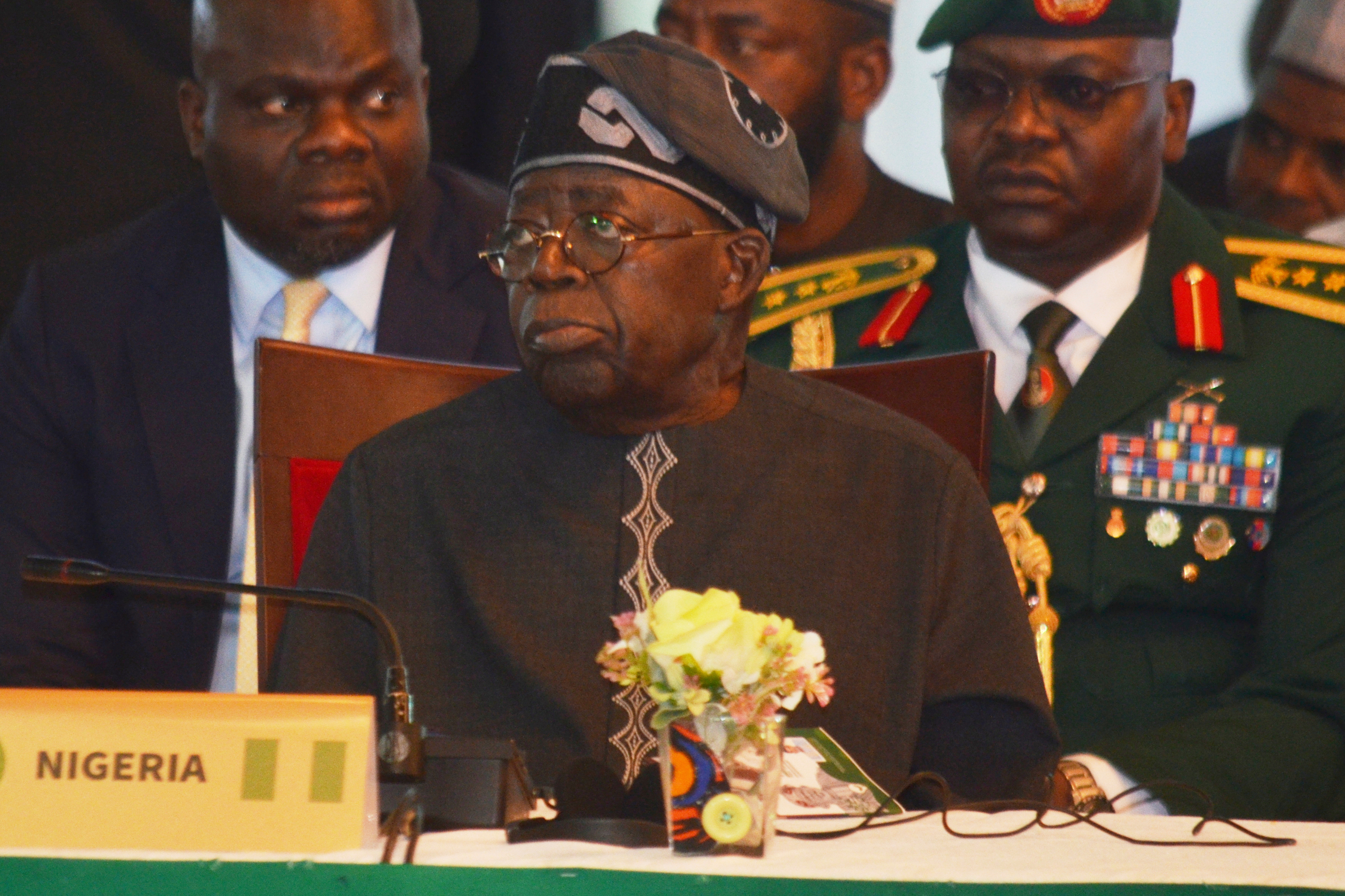What's Happening?
The Federal Reserve System, through its 12 Reserve Banks and 24 branches, operates as the central banking system of the United States. It supervises and regulates financial institutions, enforces compliance with federal consumer protection and fair lending
laws, and promotes local community development. The Reserve Banks play a crucial role in maintaining the safety and efficiency of the nation's payment systems, distributing currency and coins, operating electronic payment systems, and clearing checks. They also act as the government's bank, providing services such as maintaining the Treasury Department's transaction account and issuing and redeeming U.S. government securities.
Why It's Important?
The Federal Reserve's functions are essential for ensuring the stability and efficiency of the U.S. financial system. By supervising financial institutions and enforcing compliance with laws, it helps maintain consumer trust and financial integrity. Its role in the payment systems ensures smooth and secure transactions across the nation. The Federal Reserve's actions influence monetary policy, affecting interest rates and economic conditions. Its operations are crucial for managing liquidity in the financial system, which is vital for economic growth and stability.
What's Next?
The Federal Reserve will continue to monitor and regulate financial institutions, adapting to changes in the economic environment. Future actions may include adjustments in monetary policy to address inflation and economic growth. The Reserve Banks will likely focus on enhancing payment systems and financial services to meet evolving consumer needs. Stakeholders such as banks, businesses, and policymakers will watch the Federal Reserve's decisions closely, as they can have significant implications for the economy.
Beyond the Headlines
The Federal Reserve's operations have broader implications for financial inclusion and economic equity. Its role in regulating financial institutions can impact access to credit and financial services for underserved communities. Long-term shifts in monetary policy by the Federal Reserve could influence economic disparities and social equity.
















